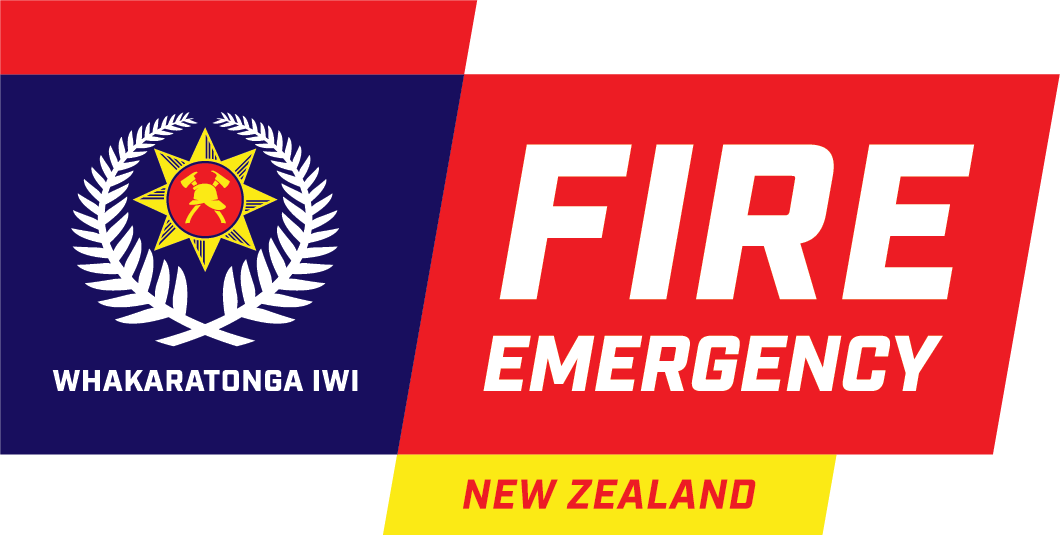New milestone reached in Levy review
An ongoing review into how Fire and Emergency is funded has reached a new milestone with two key changes confirmed by Cabinet recently.
The review, being undertaken by the Department of Internal Affairs, has approved changes to how the Fire and Emergency levy will be charged and calculated on insurance policies.
Specifically, the changes will continue to see the levy charged on insurance policies for fire damage. Levy will be calculated on the ‘sum insured’ in an insurance contract instead of an ‘amount insured’ or ‘indemnity value’.
The DIA believes these changes will minimise implementation and ongoing administration costs relating to levy changes as well as encourage efficiencies with how insurance policies are written.
Changes are aimed at addressing stakeholder concerns about the levy and improving the way Fire and Emergency is funded to make it more equitable for the people who pay levies through property and motor vehicles insurance. It would enable levy costs to be distributed more evenly across residential, commercial and motor vehicle policy holders. The levy review has been ongoing since 2019 and included engagement with key stakeholders from the insurance and property industries.
The review will ultimately amend the yet to be enacted Part 3 levy in the Fire and Emergency Act 2017. The intention is that a new updated levy system will come into force on 1 July 2024.
We have been involved in the review through providing information and input to the DIA.
The next steps following Cabinet’s approval of the levy changes are for DIA to prepare a draft Amendment Bill for consultation by stakeholders and Fire and Emergency early next year.
Changes to Part 3 of the Fire and Emergency NZ Act
Part 3 makes several important changes to the way the levy applies to property owners. Including the two approved by Cabinet, these are:
- the levy is calculated on the level of insurance cover against fire damage to property (maintaining the current transitional levy arrangement);
- the levy is based on the ‘sum insured’ in the contract (the value of the property, also maintaining the transitional levy arrangement);
- all motor vehicles owners with insurance will be charged a flat fee on their insurance policy,
- levy would be charged at different rates for different types of property – residential and non-residential, as opposed to the same rate of levy that is charged to all property owners under the transitional regime.
